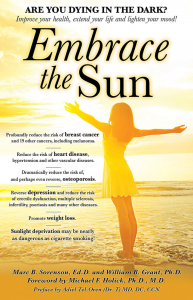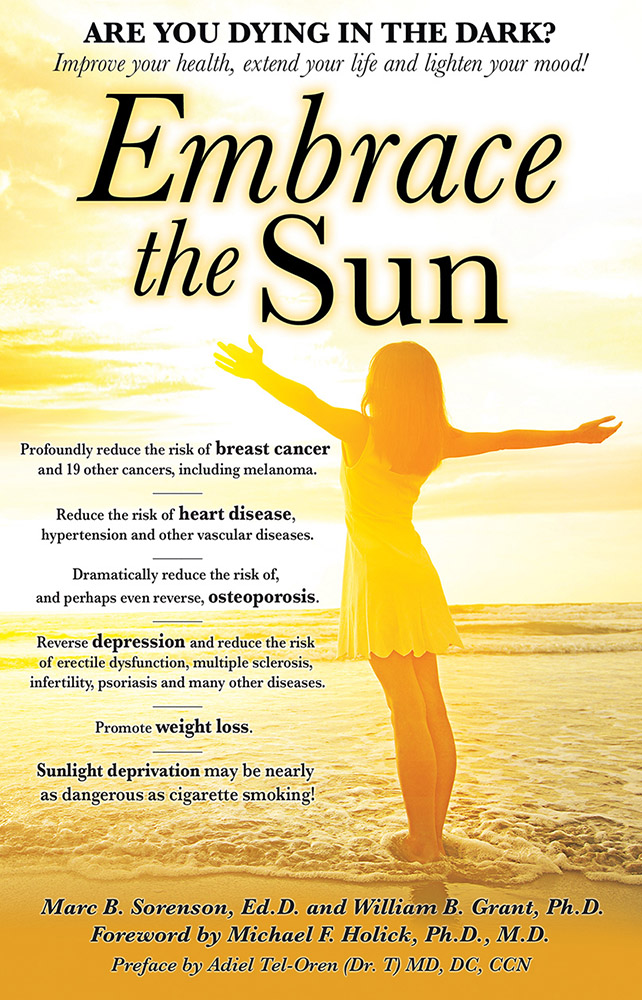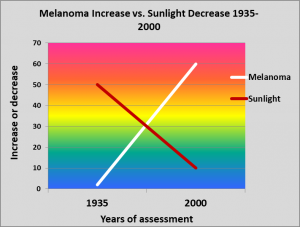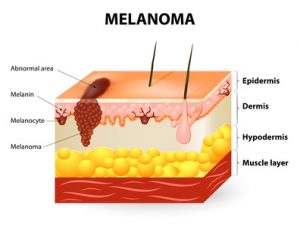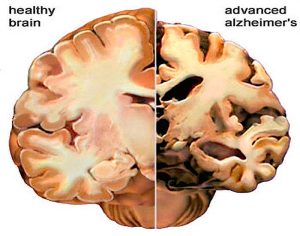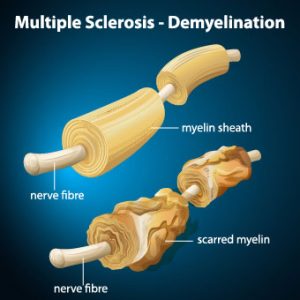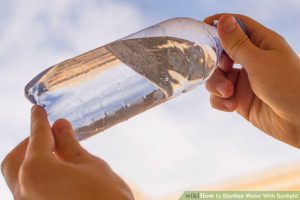 The best disinfectant is sunlight! Therefore, those who would frighten us away from the sun would do well to study its superlative disinfectant qualities, as I have. Why use a noxious chemical as a disinfectant, when the sunlight is waiting to be used? How do we know this? First of all, the German microbiologist Robert Koch, who isolated TB bacteria in 1882, showed that sunlight had disinfectant qualities; it destroyed the bacteria. In addition, even earlier, in 1877, other researchers discovered that sugar water left in the shade became cloudy, indicative of bacterial growth. But if exposed to sunlight, it remained clear.[1]
The best disinfectant is sunlight! Therefore, those who would frighten us away from the sun would do well to study its superlative disinfectant qualities, as I have. Why use a noxious chemical as a disinfectant, when the sunlight is waiting to be used? How do we know this? First of all, the German microbiologist Robert Koch, who isolated TB bacteria in 1882, showed that sunlight had disinfectant qualities; it destroyed the bacteria. In addition, even earlier, in 1877, other researchers discovered that sugar water left in the shade became cloudy, indicative of bacterial growth. But if exposed to sunlight, it remained clear.[1]
Disinfectant qualities of sunlight as a bactericide
Hence, radiation is a potent bactericide, or disinfectant. Dr. Kime, in his book, Sunlight Could Save Your Life, reviewed the results of research conducted between 1886 and 1909. Most noteworthy, it showed that the following bacteria were killed by ultraviolet light: Anthrax, plague, streptococci, tubercle bacillus, cholera, staphylococcus, colon bacillus and dysentery bacillus. It seems like sunlight was virtually forgotten with the advent of antibiotic drugs, but now the interest has returned.
Ultraviolet light therapy as a disinfectant for communicable diseases
While watching a newscast, I noticed the news ticker announcing, “Sunshine is the most effective anti-infection therapy.” But, is this really news? Dr. Kime cites several early studies on sunlight and infectious diseases, performed at about the same time as the advent of antibiotics. Reports in the scientific literature in the 1940s showed that sunlight killed infectious bacteria or viruses. Kime states …“a number of patients, having such various infections and diseases as blood poisoning, childbirth infections, peritonitis, viral pneumonia, mumps, and bronchial asthma were treated very successfully with ultraviolet light therapy to their blood.”[2], [3], [4], [5], [6], [7], [8], [9], [10], [11]
Do we need a natural disinfectant for superbugs?
The interest in blood irradiation for infectious diseases is now kindling new interest, due to the resistance of the “superbugs” to conventional antibiotic therapy. Especially relevant as an example of this interest is found in a scientific book chapter from 2017. It is entitled, Ultraviolet Irradiation of Blood: “The Cure That Time Forgot?”[12] The paper reviews the history of blood irradiation in the cure for infectious diseases. The author makes the following observation: “No resistance of microorganisms to UV irradiation has been reported, and multi-antibiotic resistant strains are as susceptible as their wild-type counterparts.” Consequently, the answer to the superbug dilemma is known, but will it be used? Perhaps not. It could cost the pharmaceutical industry a fortune if a better disinfectant were found.
In addition, Dr. Kime also cited research showing that UV therapy killed flu virus outside the body[13] and destroyed cancer-producing viruses.[14] He reported good results in his own practice in treating fungal infections with sunlight as a disinfectant. Other early research showed that all bacteria within eight feet of low-intensity UV lights were killed in ten minutes.[15]
Learning about disinfectant qualities of water in Mexico
A Mexican friend invited me to tour a bottled-water plant in a town called Juchipila. Interestingly, the water was exposed to UV as a disinfectant method, an inexpensive technique used in many countries. Sunlight also kills E. coli bacteria in twelve feet of seawater and in waste stabilization ponds.[16] The Sonicare electric-toothbrush company now sells a sanitizer based on UV. The brush, after use, is placed in the UV sanitizer, because the UV light kills millions of germs in 10 minutes.
Other disinfectant history
This piece of history is also especially relevant: Nursing pioneer Florence Nightingale insisted that hospitals for wounded troops be constructed to allow free entry of sunlight. So, how many hospitals today follow her brilliant advice? Due to short memories, hospital construction returned to the “dark ages” after the advent of antibiotic drugs. Consequently, in the USA, nosocomial infections (acquired in a hospital) occur two million times yearly and claim 90,000 lives.[17] [18] Meanwhile, the solution to most nosocomial infections is right outside the building, and no one will let it in! That solution is the disinfectant potential of unobstructed sunlight. At the very least, hospital rooms should be cleansed daily with UV of sufficient strength to kill surrounding bacteria. Probably, hospital profits would improve since they are businesses, after all.
Cost savings with the natural disinfectant: sunlight.
The University of Pennsylvania’s Center for Health Transformation states: “Nosocomial infections create terrific problems by prolonging hospital stays, occupying scarce bed-days, requiring a greater number of diagnoses, more medication, and a greater burden on doctors and nurses.” They estimate, “If a 300-bed hospital with 10,000 admissions yearly had a 5 percent annual infection rate (500 infections) with costs of $600 to $50,000 depending on the type of infection, the total costs for these infections could be as high as $7.6 million.”[19] So, multiply that by the number of hospitals. Imagine the savings if they let the light in! The patients in such rooms would also be happier and have a more positive outlook.
It makes sense to return to a sanitation method used successfully for millennia, especially given the reality of superbugs. The antibiotic drug revolution destroyed the successful and promising use of UV lamps and sun exposure as antiseptic, disinfectant, pro-immunity treatments. Antibiotics are failing. Therefore, the interest in UV must be renewed. We walk in darkness (or under artificial light) due to our obsession with the pursuit of new antibiotics, Hence, we fail to see the brilliant source of healing that awaits us outside.
The old-time disinfectant
Serendipitously, I happened on an article called Natural Alternatives to Bleach for Disinfecting.[20] It discussed pros and cons of such disinfectants as bleach, vinegar, hydrogen peroxide and yes, sunlight. In conclusion, the article stated that bleach could be dangerous. It could cause irritation to the eyes, mouth, lungs and skin, and could result in the release of toxic fumes. Therefore, this is not a good disinfectant!
The authors suggested three alternatives: vinegar, hydrogen peroxide, and sunlight, with sunlight being the safest disinfectant. The article states; “In fact, scientists have found that exposing a bottle of water to sun for 6 hours is an economical way to provide developing countries with safe drinking water. The disinfecting properties of sun can also be useful around the house. If you have an object you can move outside, the sun’s rays can help disinfect it. A stained piece of white laundry can be effectively brightened and disinfected by spraying the stain with lemon juice or vinegar, then hanging it in the sun.”
In addition, the authors also mentioned that exposing the armpits to the sun would kill odor-causing bacteria. There is little I (Sorenson) enjoy more than sunbathing with my hands behind my head and my armpits exposed to the sun. Lots of vitamin D, nitric oxide and endorphins produced, and therefore, I am more popular with my friends—without using deodorants!
Sunlight is a disinfectant for smelly socks!
Furthermore, research has shown that sunlight may be a good disinfectant for your socks and feet. Scientists tested socks contaminated with the fungus causing tinea pedis (“athlete’s foot”), a chronic skin disease. The objective of the research was “to evaluate the effectivity of sun exposure in reducing fungal contamination in used clothing.” Fifty-two socks, proven by fungal culture to be contaminated by patients with tinea pedis, were studied. The the researchers divided the samples into two groups: Group A underwent sun exposure for 3 consecutive days and Group B remained indoors. At the end of each day fungal cultures of the samples were performed.[21] As a result, the researchers reported that elimination of the fungal cultures was significant in the sun-exposure group, but not the indoor group. Sunlight is a great disinfectant, indeed!
Finally, I remember my childhood. I won’t forget how fresh the clothing (including the socks) smelled after my mother had laundered and hung it outside in full sunshine to dry. I expect that fungi or bacteria were eliminated, along with odor, which would have occurred in a dark place.
Let’s give the sun its proper place in our world. It may save our lives. More information can be found in my new book, Embrace the Sun, available at Amazon. https://www.amazon.com/Embrace-Sun-Marc-B-Sorenson/dp/069207600X/ref=sr_1_1?s=books&ie=UTF8&qid=1530822524&sr=1-1&keywords=embrace+the+sun+sorenson
[1] Downes, A. Researches on the effect of light upon bacteria and other organisms. Proc Roy Soc Med 1877;26:488. Cited in Kime, Z. Sunlight Could Save Your Life. World Health Publications, Penryn, CA 1980:126-30.
[2] Miley, G. The Knott technic of ultraviolet blood irradiation in acute pyogenic infections. New York J Med 1942;42:38.
[3] Miley, G. The Knott technic of ultraviolet blood irradiation in acute pyogenic infections. New York J Med 1942;42:38.
[4] Rebbeck, E. Ultraviolet irradiation of auto-transfused blood in the treatment of puerperal sepsis. Amer J Surg 1941;54:691
[5] Rebbeck, E. Ultraviolet irradiation of autotransfused blood in the treatment of postabortal sepsis. Amer J Surg 1942;55:476.
[6] Rebbeck, E. Ultraviolet irradiation of the blood in the treatment of escherichia coli septicemia. Arch Phys Ther 1943;24:158.
[7] Rebbeck, E. The Knott technic of ultraviolet blood irradiation as a control of infection in peritonitis. Amer J Gastroenterol 1943;10:1-26
[8] Hancock, V. Irradiated blood transfusions in the treatment of infections. Northwest Med 1934;33:200.
[9] Barrett, H. Five years experience with hemo-irradiation according to the Knott technic. Am J Surg 1943;61:42
[10] Barrett, H. The irradiation of auto-transfused blood by ultraviolet spectral energy: results of therapy in 110 cases. Med Clin N Amer 1940;24:723
[11] Miley, G. The present status of ultraviolet blood irradiation. Arch Phys Ther 1944;25:357.
[12] Hamblin, M. Ultraviolet Irradiation of Blood: “The Cure That Time Forgot”? Springer International Publishing AG 2017. Ahmad (ed.), Ultraviolet Light in Human Health, Diseases and Environment, Advances in Experimental Medicine and Biology 996, https://doi.org/10.1007/978-3-319-56017-5_25.
[13] Hollaender, A. The inactivating effect of monochromatic ultraviolet radiation on influenza virus. J Bact 1944;48:447.
[14] Heding LD, Schaller JP, Blakeslee JR, Olsen RG. Inactivation of tumor cell-associated feline oncornavirus for preparation of an infectious virus-free tumor cell immunogen. Cancer Res 1976;36:1647.
[15] Hart, D. Sterilization of the air in the operating room by special antibacterial radiant energy. J Thorac Cardiovasc Surg 1936;6:45.
[16] Gameson, A. Field studies on effect of daylight on mortality of coliform bacteria. Water Res 1967;1:279.
[17] Wang TT, Nestel FP, Bourdeau V, Nagai Y, Wang Q, Liao J, Tavera-Mendoza L, Lin R, Hanrahan JW, Mader S, White JH. Cutting edge: 1,25-dihydroxyvitamin D3 is a direct inducer of antimicrobial peptide gene expression. J Immunol 2004;173:2909-12.
[18]Avalos-bock, Steven rn, cic, and Valarie Campbell, MD. Knocking our nosocomial infections. Nursing 2017. Nursing: November 2004 – Volume 34 – Issue 11 – p 24–25
[19] University of Pennsylvania Center for Health Transformation 2006.
[20] http://homeguides.sfgate.com/natural-alternatives-bleach-disinfecting-79312.html
[21] Amichai B, Grunwald M, Davidovici B, Shemer A. Sun as a disinfectant. Isr Med Assoc J. 2014 Jul;16(7):431-3.


